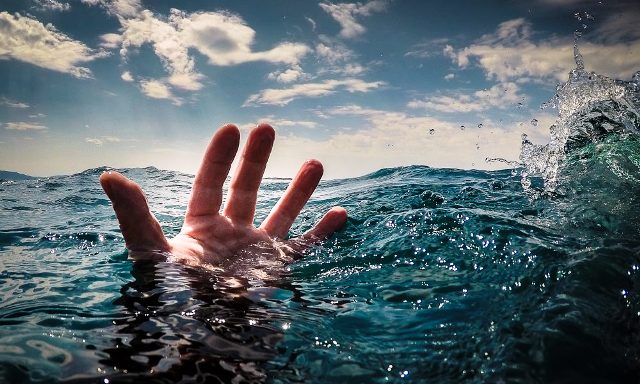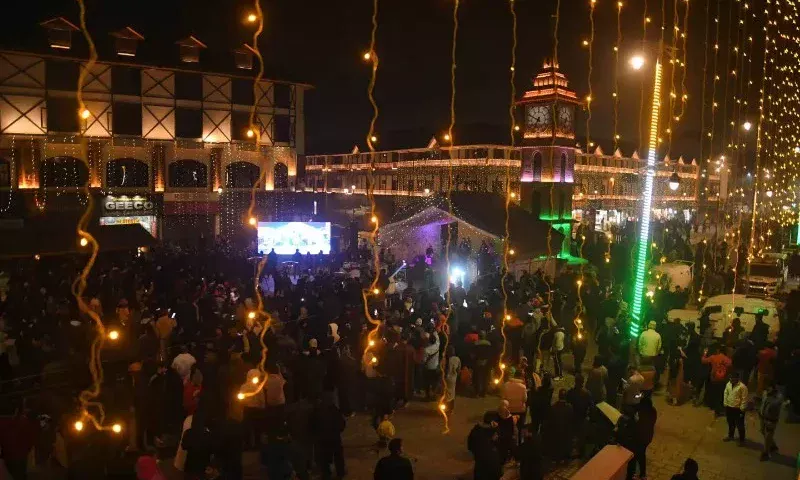Kashmir Under Water: A Surge in Drownings Raises Alarms
By: Javid Amin
Kashmir, renowned for its serene lakes and majestic rivers, is grappling with a disturbing rise in drowning incidents. This year, a chilling reality unfolds – 35 lives have been claimed by the water bodies from January to July 2024, marking a staggering increase compared to the same period last year (22 incidents).
The State Disaster Response Force (SDRF) paints a grim picture. With 73 rescue operations launched so far, their swift intervention has potentially saved countless lives. June 2024 stands out as the deadliest month, recording 11 drownings alone. This drastic rise surpasses the entire year of 2023, which saw 48 such incidents and 92 rescue operations.
Climate Change and the Allure of Relief:
Many experts attribute this surge to the scorching temperatures gripping Kashmir, likely a consequence of climate change. Seeking solace from the relentless heat, residents flock to rivers and lakes, often overlooking the hidden dangers lurking beneath the surface. Tragically, this search for relief has turned fatal in several instances.
A Story of Loss and Ongoing Search:
One such heartbreaking story unfolds in Srinagar, where an 11-year-old boy lost his life in the Jhelum River at Habba Kadal while attempting to cool off. His family’s grief is compounded by the ongoing search for his body. Deep diving experts from the SDRF and even the National Disaster Response Force (NDRF) have been called in to assist in this extended rescue operation.
A Call for Vigilance and Urgency:
This tragedy highlights the urgent need for heightened vigilance, particularly in areas bordering water bodies. Concerned citizens are calling for stronger preventive measures, urging parents to closely supervise their children and educate them about the dangers of unsupervised swimming in rivers and lakes.
Prevention is Key:
Experts suggest that public awareness campaigns, coupled with increased safety measures along riverbanks, could be instrumental in preventing further tragedies. Such measures might include installing warning signs, deploying lifeguards at popular swimming spots, and organizing swimming safety workshops for children and adults alike.
Here’s how Kashmir can tackle this issue head-on:
1. Invest in Awareness Campaigns:
- Launch targeted public awareness campaigns in schools, local communities, and popular tourist destinations.
- Utilize local media platforms to educate people on water safety, particularly highlighting the dangers of unsupervised swimming and underestimating water currents.
- Develop and distribute informative brochures in multiple languages to reach a wider audience.
2. Enhance Safety Measures at Water Bodies:
- Increase signage around rivers and lakes, clearly warning of potential hazards and highlighting designated safe zones for swimming, if any.
- Consider deploying lifeguards at popular bathing spots, especially during peak summer months.
- Explore the feasibility of installing lifebuoys and other rescue equipment at strategic locations on riverbanks.
- Build fences or barriers in high-risk areas to deter unsupervised access to water bodies.
3. Empowering Communities:
- Partner with local community leaders to spearhead safety initiatives within their neighborhoods.
- Train community members in basic water rescue techniques, allowing them to provide first response assistance in case of emergencies.
- Encourage the creation of lifeguard training programs and consider local incentives to encourage participation.
4. Leveraging Technology:
- Utilize technology to build a network of real-time water level monitoring systems along rivers and lakes.
- Explore the possibility of installing automated warning systems to alert local authorities and the public about potential flash floods or dangerous currents.
- Develop mobile phone applications with safety information, including emergency contact details for the SDRF and NDRF.
5. Long-Term Infrastructure Projects:
- Consider long-term infrastructure projects, such as designating and developing specific swimming zones in consultation with local authorities and safety experts.
- Explore the potential for creating public swimming pools in strategic locations across Kashmir, providing supervised alternatives for residents seeking aquatic relief.
Beyond the Headlines: A Collaborative Effort
While the SDRF plays a crucial role in rescue operations, often seeking assistance from the NDRF and other agencies, preventing drownings requires a multi-pronged approach. Collaboration between local authorities, safety experts, and the community is essential to ensure that Kashmir’s water bodies remain places of beauty and recreation, not hidden graveyards.




